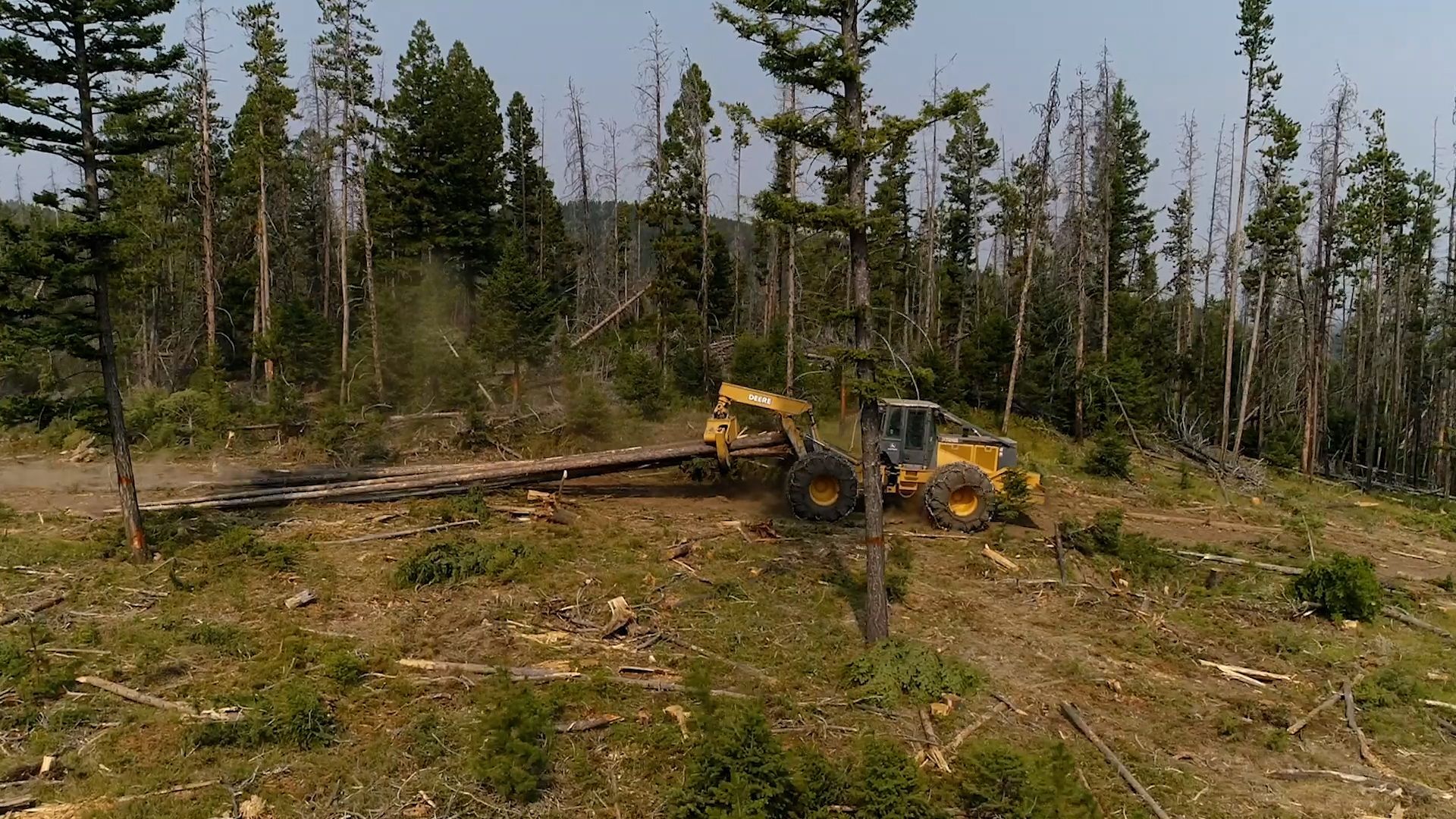Wood products are on the rise, not only because of their natural beauty but also because they are naturally sustainable. Wood products are one of the only renewable materials, giving it the upper hand over man-made materials such as steel and concrete. Additionally, trees and wood products both sequester carbon, offsetting nearly 15% of total greenhouse gas emissions in the United States.
With all of these natural benefits, it's easy to see how wood products are already considered sustainable, so why is it that some wood products are certified as "sustainable" and others are not? Today we're diving into these classifications to help you understand the definition of a "sustainable" wood product.
It Starts With Sustainable Harvesting
While the definition of sustainable lumber products is difficult to define due to a lack of specific qualifiers, sustainable products are a direct result of sustainable harvesting practices. This means it isn't truly about the end product but more about the path it took to get there. Put simply, sustainable harvesting is defined as only harvesting less than what is growing.
However, landowners, loggers, and the timber products industry have much more to consider than just harvesting less than what is growing when trying to be responsible stewards of the land. There is substantial progress being made every year in our harvesting techniques and our understanding of how to help create and maintain healthy forests. By utilizing these techniques and practices, we can help reduce wildfire risk, improve air and water quality and help protect our wildlife, all while producing beautiful wood products.

Techniques and Guidelines Keep Sustainability at the Forefront
According to Forests of the Northern United States, techniques and practices that help begin to describe sustainable harvesting and sustainable lumber products include managing and harvesting to:
- Maintain stable and consistent forested land base
- Maintain forest biodiversity
- Maintain or enhance the quantity and quality of forest recreation
- Maintain or improve on water quality and quantity
- Maintain or enhance the capacity for sustained yield of timber and non-timber products
By keeping these objectives in mind, we can thoughtfully evaluate the needs of a particular forest and treat it accordingly. While we may not be able to achieve each of these objectives equally, considering the needs of each specific treatment area is a great way to start.
In addition to these techniques, there are also specific guidelines for each state to follow that help guide foresters and landowners on how to safely and effectively treat the land. These guidelines are known as forestry's Best Management Practices. Forestry's Best Management Practices were put into place to help provide guidance on water, soil, and other natural resource protection, focusing on educating and monitoring landowners and operators. In Montana, the BMPs have a 97% application and effectiveness rate, despite the BMPs being entirely voluntary in the state. This means the BMPs were applied correctly and were considered effective in protecting natural resources in almost all logging activities.
Sustainability Certifications for Wood Products
In addition, wood products can go through specific requirements to become certified as sustainable. Wood products can be certified to standards such as those laid out by the Sustainable Forestry Initiative (SFI), American Tree Farm System (ATFS), Forest Stewardship Council (FSC), and Programme for the Endorsement of Forest Certification (PEFC). These programs help ensure that loggers and suppliers take into consideration the laws and the environmental impacts of harvesting. By certifying their wood products, customers are assured that their material is sourced in a sustainable fashion, and builders can gain points toward Leadership in Energy and Environmental Design (LEED) certification.
Wood products are sustainable building materials that can help improve forest health, water quality, and air quality. While not certified as sustainable, at Marks Lumber, we pride ourselves in our sustainability efforts and compliance with the forestry's BMPs. Contact Marks Lumber today for more information on our circle sawn lumber and timber products.
